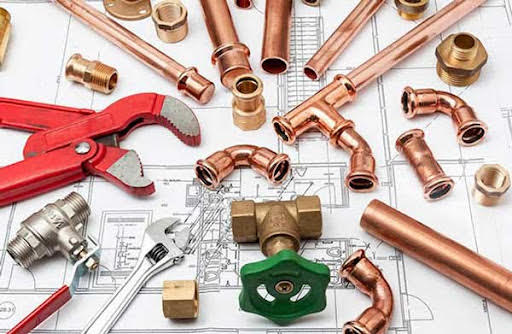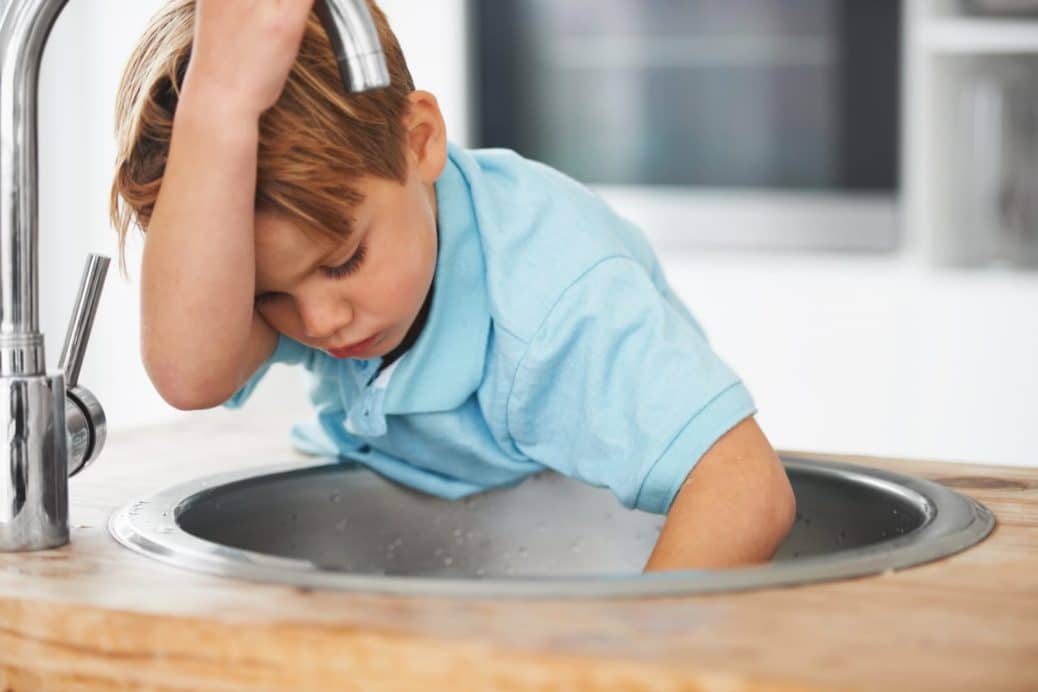Prophylaxis of Everyday Plumbing Problems in Your Home: A Step-by-Step Guide
Prophylaxis of Everyday Plumbing Problems in Your Home: A Step-by-Step Guide
Blog Article
Are you currently hunting for insight on What You Can Do to Avoid Plumbing Problems?

Intro
Preserving a useful plumbing system is important for a comfy home. By taking preventive measures, you can avoid typical plumbing issues that may interrupt your day-to-day live and incur costly repairs.
Display Water Pressure
Watch on your water stress to prevent anxiety on your pipelines and devices. High water stress can cause leakages and damages with time. Take into consideration mounting a stress regulatory authority to keep optimal water pressure throughout your home.
Enlighten Household Members
Enlighten everyone in your household regarding appropriate plumbing techniques. Show them what need to and should not be purged or taken care of down the tubes to avoid avoidable plumbing issues.
Secure Pipelines from Cold
Throughout winter, take actions to avoid your pipes from freezing. Shield revealed pipelines, particularly those in unheated areas like basements and attics. Permit taps to drip during freezing temperature levels to avoid water from freezing in the pipelines.
Address Leaks Immediately
Deal with any kind of leaks or trickles as quickly as you notice them. Also minor leakages can waste water and create damage to your home with time. Tighten loosened fittings or change damaged seals to prevent leaks from worsening.
Normal Maintenance Checks
Frequently examining your plumbing system is essential for recognizing potential concerns before they rise. Inspect pipes, taps, toilets, and home appliances for leaks, rust, or indicators of deterioration.
See What You Flush
Bear in mind what you flush down your bathrooms. Stay clear of flushing items such as wipes, cotton spheres, hygienic products, and paper towels, as these can create clogs and backups in your pipelines.
Appropriate Disposal of Oil and Food Waste
Dispose of oil, oils, and food scraps properly to avoid buildup in your pipelines. Stay clear of putting oil down the tubes, as it can solidify and cause clogs. Make use of a strainer in your kitchen area sink to catch food fragments and empty it regularly.
Be Mild with Plumbing Fixtures
Stay clear of utilizing excessive pressure when operating plumbing fixtures such as faucets and shutoffs. Rough handling can cause damage, resulting in leaks and various other malfunctions.
Routine Drain Cleansing
Arrange normal drainpipe cleansing to stop build-up of hair, soap scum, and various other particles. Make use of a drainpipe serpent or enzymatic cleaner to remove blockages and preserve smooth water drainage.
Mount Water Softeners
Think about setting up a water conditioner if you have difficult water. Difficult water can trigger mineral build-up in your pipes and devices, bring about lowered water circulation and performance.
Verdict
Protecting against typical plumbing concerns in your home requires persistance and normal maintenance. By following these safety nets, you can make certain that your plumbing system runs smoothly and avoid expensive repair work in the future.
Expert Tips for Preventing Common Plumbing Issues
Keep Drains Clear and Functional
Regularly clean drain covers and hair-catching devices to eliminate debris and prevent buildup. Avoid disposing of grease, oil, or coffee grounds down your drains, as they can congeal and accumulate over time, creating obstructions. Consider using a biodegradable drain cleaner periodically to break down organic matter and maintain clear pipes. Prevent and Identify Leaks Early
Regularly inspect visible plumbing connections, pipes, and fixtures for signs of moisture or corrosion. Fix loose connections or replace damaged components as needed. Install water leak sensors in high-risk areas such as under sinks, near water heaters, and around washing machines to provide early warning of potential leaks. Monitor your water bill for sudden increases in usage, which may indicate a hidden water leak. Protect Plumbing from Freezing Temperatures
Allow faucets to drip slightly during extremely cold weather to prevent freezing and pressure buildup inside the pipes. Seal gaps and openings in walls, doors, and windows near plumbing to prevent drafts from reaching your pipes. Maintain Optimal Water Heater Performance
Schedule annual professional maintenance of your water heater, including checking pressure-relief valves, flushing sediment buildup, and inspecting for corrosion or leaks. Maintain the manufacturer-recommended temperature setting, typically around 120°F (49°C), to optimize energy efficiency and prevent scalding. Consider installing an expansion tank in your system if you have a closed-loop water supply, which prevents excessive pressure buildup and potential water heater failure. https://www.climatecontrolkc.com/blog/plumbing/tips-for-preventing-plumbing-issues/

Hopefully you liked our section on . Thanks so much for finding the time to browse our blog. Enjoyed reading our piece? Please quickly share it. Let someone else find it. We truly appreciate reading our article about Common Plumbing Problems and How to Prevent Them.
Visit Website Report this page